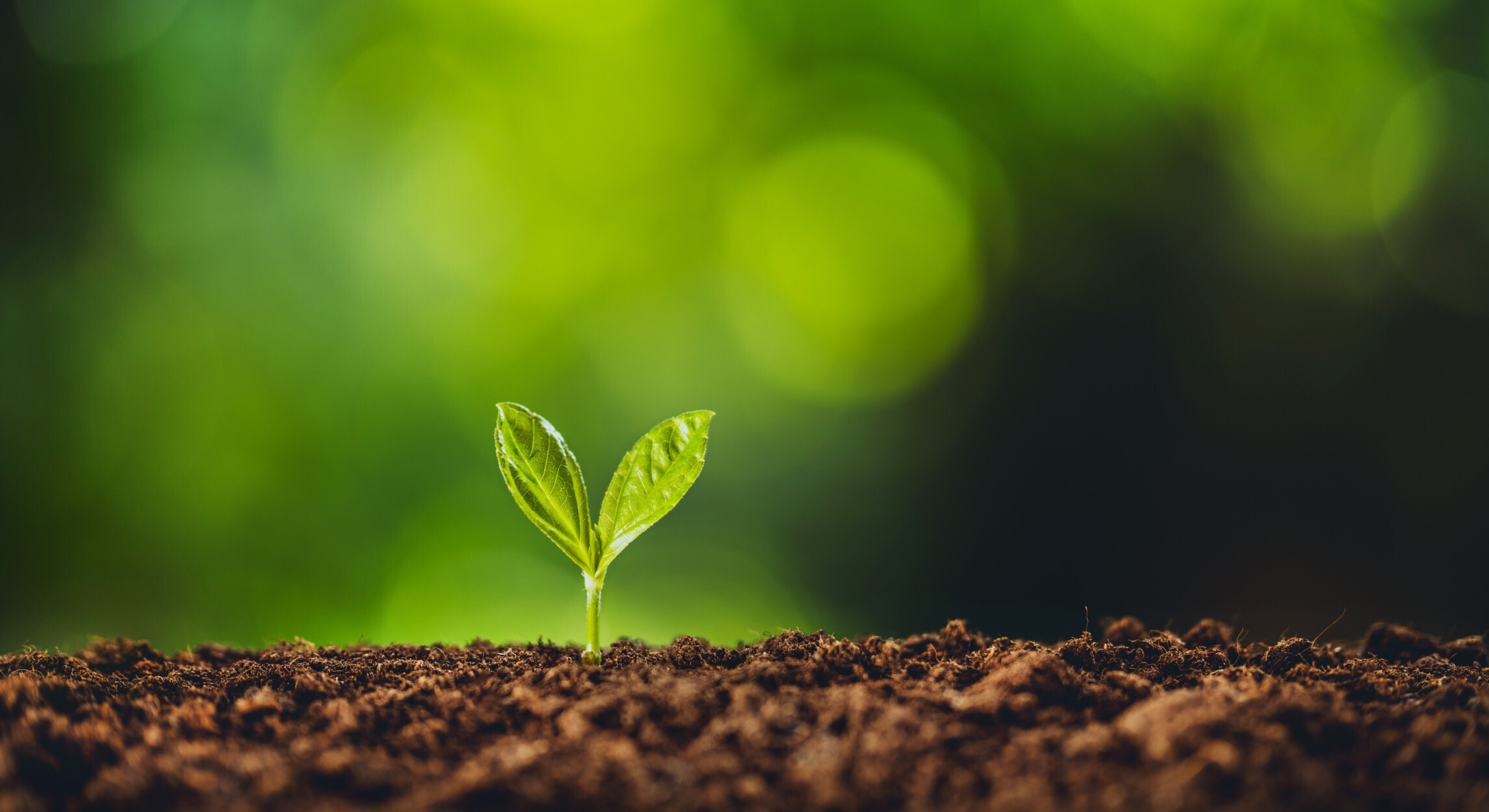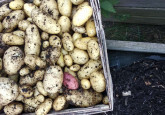A living soil is a dynamic ecosystem where plants, animals, micro-organisms and minerals interact harmoniously. This type of soil is rich in organic matter, home to a multitude of living organisms such as earthworms, bacteria, fungi and other micro-organisms essential for decomposition and fertility. In this article, we'll discover the benefits of a living soil, how to maintain it and how to cope with disturbances.
The benefits of living soil are numerous.
We are already seeing an improvement in fertility thanks to micro-organisms that break down organic matter and release essential nutrients for plants. Soil structure also plays an important role. Earthworms and other organisms create passages in the soil, improving aeration and drainage. Then there's ecological resilience, since a living soil is more resistant to disease, pests and extreme weather conditions.
There are several ways to keep your soil alive.
You can start by adding organic matter. Adding compost, manure and other organic matter enriches the soil with nutrients and micro-organisms. These materials also provide a continuous food source for the soil's inhabitants. By also using ground covers and applying a crop rotation. Using cover crops, such as legumes, can enrich the soil with nitrogen and improve soil structure. Crop rotation helps prevent nutrient depletion and reduce plant-specific diseases and pests.
Ploughing, a solution to be used sparingly.
It's best to reduce the practice of ploughing. So what is ploughing? Ploughing is a traditional agricultural technique that involves turning and breaking up the soil using various tools, such as the plough. The main purpose of this practice is to prepare the soil for sowing, control weeds and incorporate crop residues into the soil. However, while ploughing may offer immediate benefits, it also entails significant risks and drawbacks for soil health. Excessive tilling disturbs soil structures and destroys habitats for beneficial organisms. Minimal tillage or no-till techniques are recommended to protect and improve soil structure.
What happens next ? How can we avoid disruption ?
First of all, you can limit disturbance by limiting the use of chemicals. Excessive use of pesticides and chemical fertilizers can harm beneficial soil micro-organisms. It is therefore preferable to favor natural alternatives and integrated pest management practices. Secondly, erosion must be prevented. This can be achieved by adopting practices such as cover crops, hedges and terraces to reduce soil erosion, which can degrade soil structure and nutrient quality. Take an interest in water management. Good drainage and irrigation management prevent soil saturation and the growth of pathogens. Using irrigation techniques such as drip irrigation can also save water and maintain a healthier environment for soil organisms.
Conclusion :
At ECOSYSTEM, we're constantly innovating to improve soil health. For example, we are exploring the use of mycorrhizal fungi, which form symbiotic relationships with plant roots, increasing nutrient and water uptake. In addition, we are investing in research into biostimulants, natural substances that enhance plant growth by stimulating biological processes in the soil. These innovations not only support sustainable agriculture, but also preserve biodiversity and the quality of our products. By adopting these new technologies and remaining at the forefront of ecological practices, we can continue to promote healthy, living soils for future generations.
We believe that soil health is the cornerstone of product quality. By adopting practices that encourage beneficial organisms and avoid disturbance, we can not only improve the fertility and productivity of our soils, but also contribute to a healthier, more sustainable environment. Let's work together for living, thriving soils!










